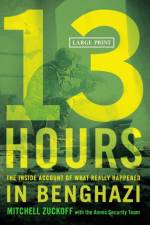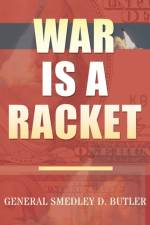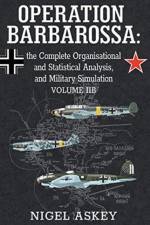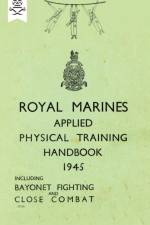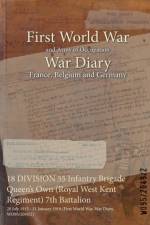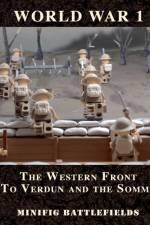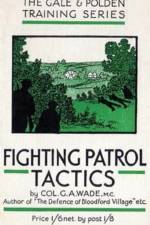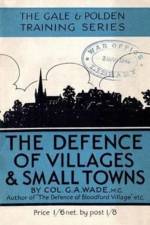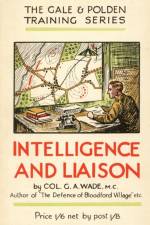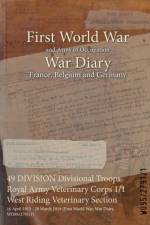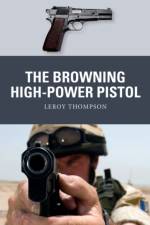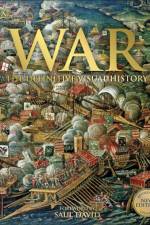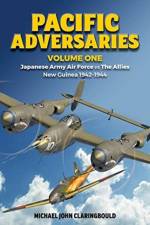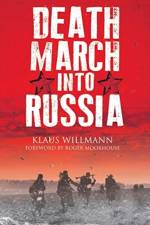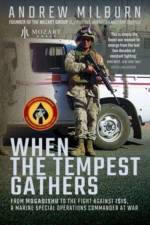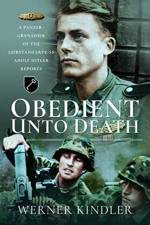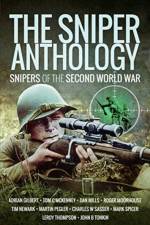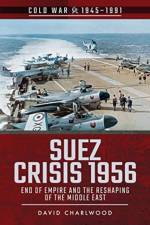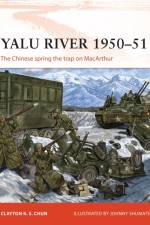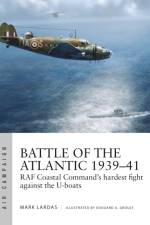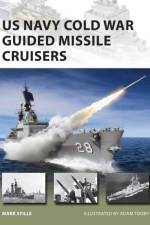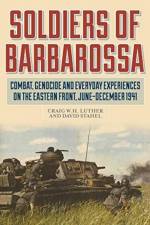- the Complete Organisational and Statistical Analysis, and Military Simulation, Volume IIB
av Nigel Askey
1 201
Volume IIB is the second volume relating to (and completing) the Wehrmacht, and the German mobilisation and war-economy, from June to December 1941. It includes the most detailed Orders of Battle ever published on the German Heer, Luftwaffe, Waffen SS and Kriegsmarine, in all areas of the Reich, between 22nd June and 4th July 1941. Even small and obscure units are included, such as: flak companies, artillery HQs, observation battalions, bridging columns, Landesschützen battalions, MP battalions, railroad companies, and Luftwaffe Kurierstaffeln, Verbindungsstaffeln and Sanitätsflugbereitschaften. The Luftwaffe OOBs also include details on aircraft types and strengths in each air unit.Also scrutinised in detail are: the personnel and equipment allocated to combat-units in each army, army-group or reserve-force, in all areas across the Reich during the initial phase of Barbarossa; the ground and air units used as reinforcements as well as those newly mobilised; the total available military personnel and equipment in the Reich from June to December 1941; the Replacement Army; the overall mobilisation process and resources used; the available replacements and those sent east; the logistical supply of the Wehrmacht (i.e. the changing Supply Distribution Efficiency); the Kriegsmarine forces in the East; and the Wehrmacht and Waffen SS casualties from June 1941 to February 1942. The latter includes details on killed, wounded, missing/POW, sick and unfit, and recuperated casualties.Operation Barbarossa: the Complete Organisational and Statistical Analysis collates an immense amount of information from many sources, and presents it with contextual history and analyses. The professional or amateur scholar is provided with comprehensive details of all the armed forces on the East Front during 1941, as well as the relevant economic and logistical support. The complete work represents the most accurate and comprehensive quantitative analysis yet, of the East-Front campaign. Currently no other single work provides a comparable reference on what was the most decisive and destructive campaign of WWII.


